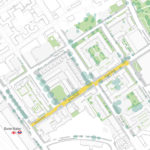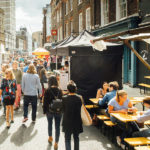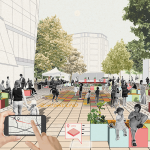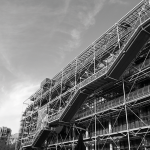Walkable London, by Patrick Schumacher from Zaha Hadid Architects, is a bold proposal and a powerful vision. Starting from world renowned case studies, such as the Strøget in Copenhagen, the Promenade Plantee in Paris, the High Line in New York and the Cheonggyecheon river restoration in Seoul, the Walkable London vision considers the transformation of key arterial London roads in walking boulevards dedicated to pedestrians, active and healthy life and social encounters. The arterial roads of London would become as much landmarks for London as the case studies are for cities around the world.
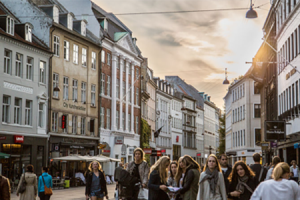
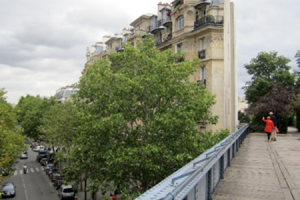
The Strøget in Copenhagen (1) and the Promenade Plantee in Paris (2)
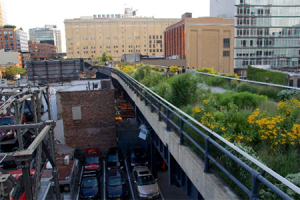
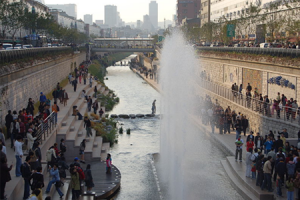
The High Line in New York (1) and the Cheonggyecheon restoration in Seoul (2)
Although fine examples, the reference case studies do not seem to sufficiently reflect the complex interweaving of movements and urban functions along London’s arterial roads, which should not be shrugged off as easily as proposing the use of parallel routes: in most places in London they do not exist. Buses perform a crucial role for many Londoners (2.3 billion trips are made by bus annually in London versus 1.3 billion on the Tube) and although consolidation of logistics in London is long overdue (90% of freight is delivered by road and between 7am and 11am, freight makes up more than 25% of motor traffic), is it desirable to route hundreds of vehicles and buses through parallel residential streets? Moreover, would moving cycling to less direct parallel routes serve to undermine the great strides made in increasing cycle use in the city in recent years?
Start Local
A successful pedestrianisation of London should begin with districts. Soho or Covent Garden, for example, are no more than 450 or 500m across and bounded by a small number of through routes where buses run. Internal roads are too busy and narrow to allow motorised traffic, especially during evenings and weekends.
Closing a limited number of turns for vehicles using bollards or landscaping would allow unimpeded cycling and walking while eliminating rat running and complex one-way systems. All properties would remain accessible by car or for deliveries. The walking distance to bus stops would remain the same. During evenings and weekends, only pedestrians and cyclists would be allowed inside the districts and no street parking would be allowed. Taxis would have a number of ranks within the districts.
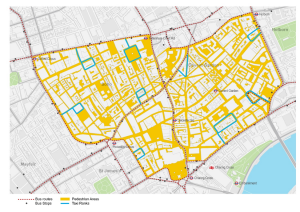
A concept for a possible evening/weekend pedestrianisation of Soho and Covent Garden with no changes to bus routes
(map designed by Momentum)
This approach, filtering vehicle traffic on small streets while maintaining bus accessibility, could easily be applied all over London. The short trips from residential areas to local attractors would be the easiest to move away from cars while attempting to shift the longer trips along arterial roads would probably not be as transformative and effective.
The attractiveness of the public realm on major and arterial roads and the importance of landmarks to create a local identity should not be dismissed easily either and the Oxford Street pedestrianisation will surely become a landmark as much as the Walkable London case studies.
As the Netherlands show, there are many intermediate and liveable street designs between highway-led schemes and strict pedestrianisation: keep the design simple, put human users first and reduce speeds. Congestion, noise, pollution, accidents, injuries and aggressive driving (or cycling) behaviour will reduce as well.
Schumacher’s vision is provocative and it represents an important kick-off for the debate: it is the kind of vision that can lead to change if bold leadership picks it up and runs with it, as we have seen with Oxford Street.
Momentum’s integrated team of planners, designers and analysts works with our clients and partners (local authorities, BIDs, private investors and architects) to create connected, inclusive, sustainable, innovative and deliverable public realm schemes which place the needs of all users at their heart whilst considering analytically people movement, freight consolidation and delivery, waste and servicing strategies to further refine a people focused approach to urban spaces.
Authors: Claudio Borsari & Natasha Brown

